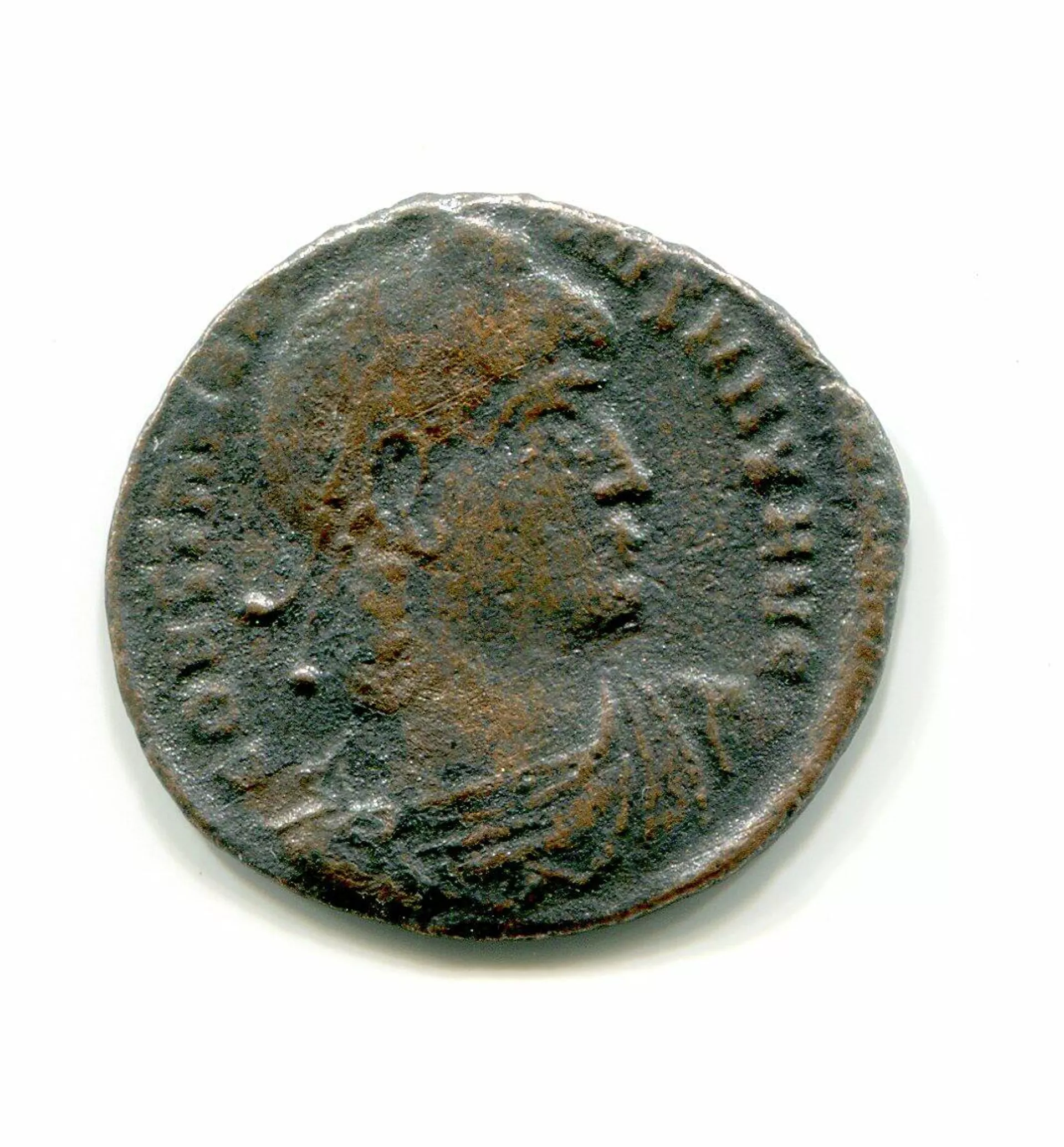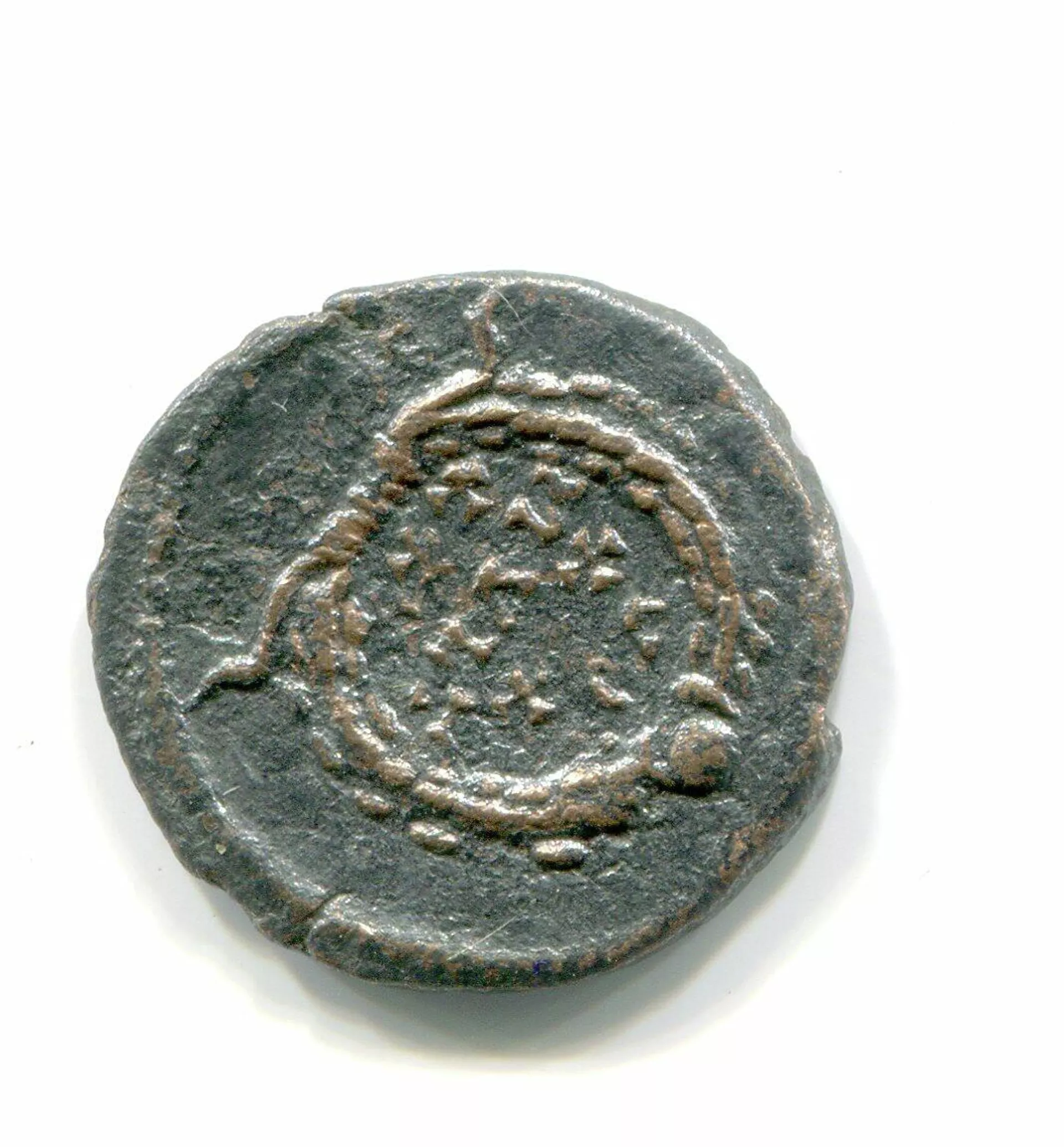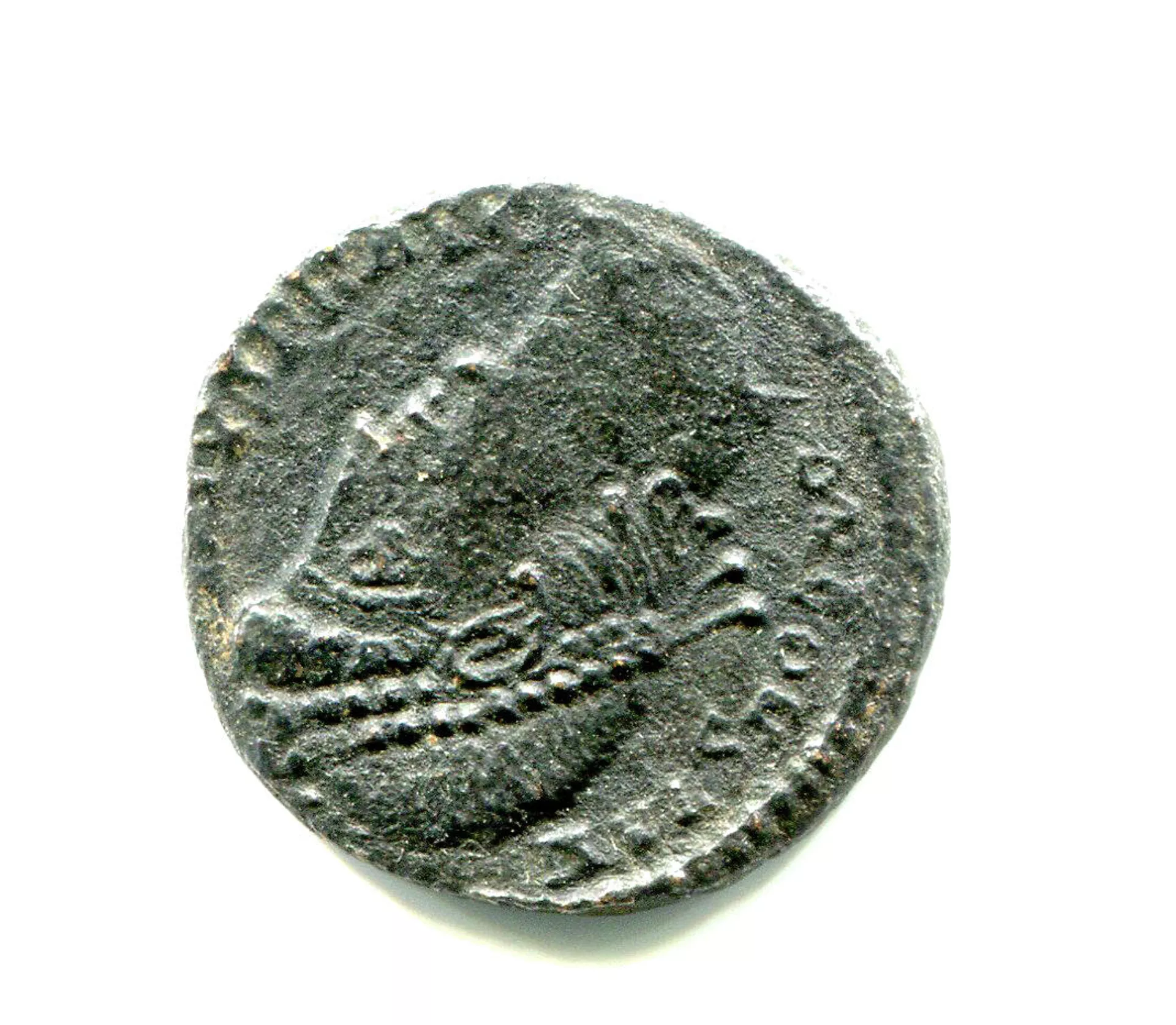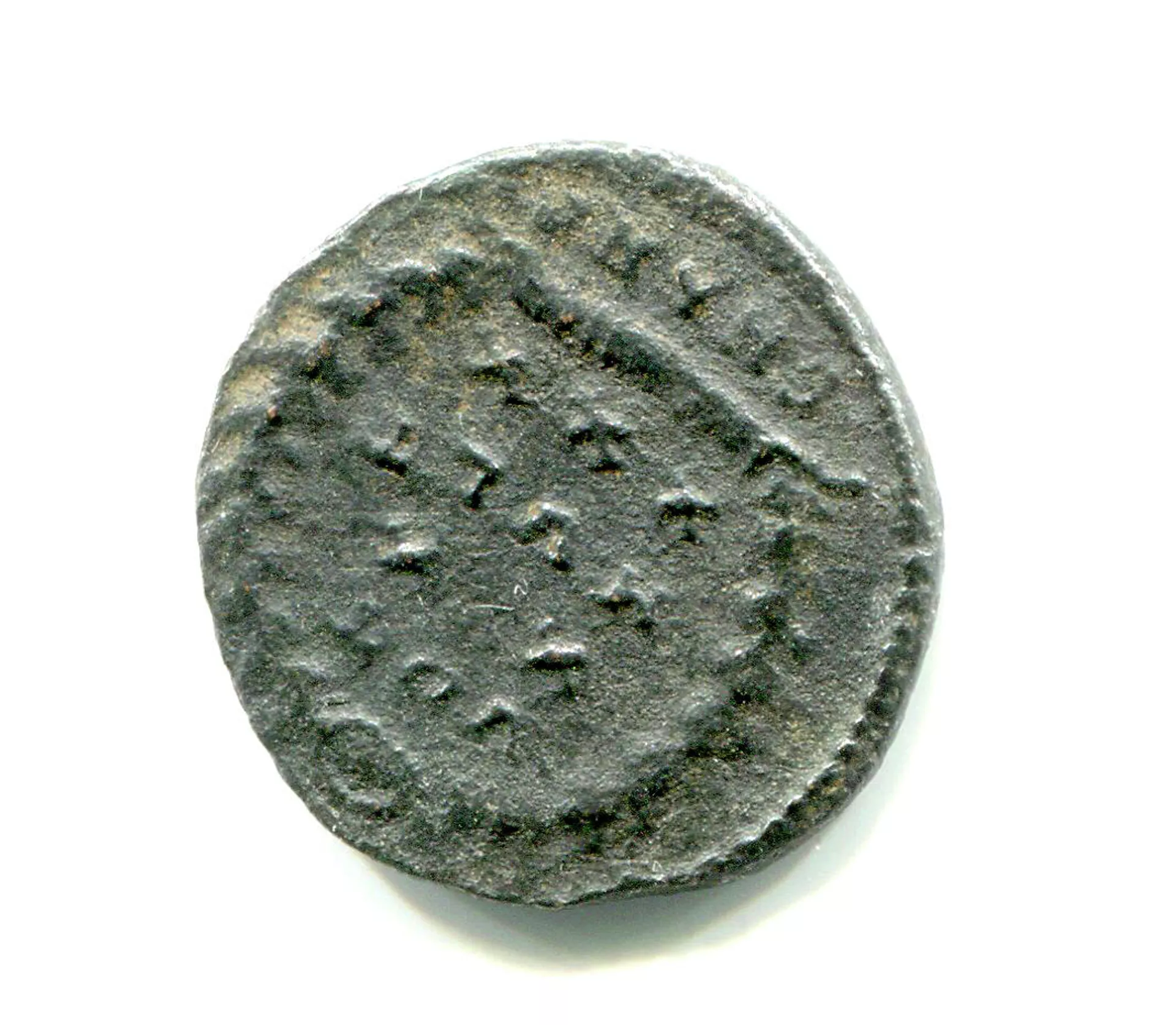Late Roman Imperial Treasure Found in Russian Forests - Photos
06:00 GMT 22.11.2021 (Updated: 20:18 GMT 19.10.2022)

© Sputnik / Ilya Naymushin
Subscribe
An impressive hoard of ancient Roman coins that was discovered in Russia a thousand kilometres from the known borders of the Roman Empire has helped scientists better understand the region's ties to ancient civilisation. Experts from Russia and Poland told Sputnik how numismatics reveals unknown realities of the past and helps find “lost” nations.
A hoard of 140 coins discovered this autumn by archaeologists at the State Museum-Reserve “Kulikovo Field” in a forest ten kilometres from the centre of Tula is one of the most north-eastern finds of late Roman bronze coins, the experts believe. The coins were all minted at the end of the 4th and beginning of the 5th centuries. According to scientists, archaeologists and amateur treasure hunters have discovered four hoards from that period in the region in recent decades, but each of them contained no more than two dozen coins.

Coin of Constantius II, minted in Antioch in 347-348, the front (obverse) portrays a bust of the emperor in profile, the back (reverse) bears a wreath and the inscription VOT XX MVLT XXX, meaning 'I served the people and Senate 20 years, will serve another 30 years'
© Photo : Kulikovo Battlefield Museum
Guests From Afar
The name of the tribe that lived on the Upper Oka in that era has not survived. For ancient geographers, they were one of the hundreds of barbarian tribes living far from the imperial borders. Archaeologists refer to them as the Moshchiny culture, after the name of the Moshchiny village excavated on the bank of the Popolta River in the Kaluga Region.
The barbarians did not have proper money circulation at that time, historians believe. A small bronze coin may have circulated among barbarians in areas along the Roman borders, but how did it find its way to the Upper Oka, a thousand kilometres from the outskirts of the empire? Scientists argue that trade cannot explain it – such remote areas were not in the orbit of the trading interests of the ancient Romans.

Coin discovered by archaeologist of the Kulikovo Battlefield Museum in a forest 10 km from the centre of Tula
© Kulikovo Battlefield Museum
Specialists suspect that the coins came from locals who were employed by the armies of the Romans and Byzantines. Since the reign of Constantine the Great in the early 4th century, barbarians were actively recruited for military service not only on the borders, but also in the interior of the Empire.
“Such mercenaries were called ‘foederati’. They were paid not only in gold but also in bronze coins. Some of the mercenaries from the Oka must have saved this bronze for when they would return to the Empire. In other words, these are not looted treasures, but rather coins left in the pockets, which we may keep after travelling”, said Alexey Vorontsov, scientific secretary of the State Museum-Reserve Kulikovo Field.

Coin of Constans, minted in 347-348, no place of minting can be identified at present; the front (obverse) portrays a bust of the emperor in profile, the back (reverse) – a wreath and the inscription VOT XX MVLT XXX
© Photo : Kulikovo Battlefield Museum
According to researchers, the treasure dates back to the beginning of the Great Migration of Peoples, which started with the Huns crossing the Don River in 375. The Goths, who were defeated by the Huns and lived in the northern Black Sea region, were previously believed to have gone west. However, scholars now believe that there is increasing evidence that some of the Goths moved east or northeast, and therefore they might be the ones who brought these coins to the Oka.
On the Trail of Ancient Finance
The entire hoard consists of small coins weighing 1-2 grams. According to experts at the Kulikovo Field Museum-Preserve, coins of this type are standard for late Roman and Byzantine “change”, minted in the millions of pieces annually. Bronze or copper coins had the smallest denomination, and the most valuable were gold solidi weighing about 4.5 grammes.

Coin of Constantine II, minted in Nicomedia in 330-335, the front (obverse) portrays a profile of the emperor, the back (reverse) – two Roman soldiers with spears and two standards between them, the inscription on the reverse reads “Glory to the Army”
© Photo : Kulikovo Battlefield Museum
Many cities had the right to mint coins in the empire, but the general style tended to remain the same. The place of the issue was usually recorded on the reverse of the coin, that is, on the reverse side of the ruler's image. Modern numismatic techniques can help restore this information if the coin has badly deteriorated.
“Technology today allows us to detect details on coins that are invisible to the eye, examine their surface at the nanoscale and analyse them using artificial intelligence. The origin of the metal can be identified by chemical analysis using the X-ray fluorescent method or, for example, the proton-induced X-ray emission method”, said Kyrylo Myzgin, adjunct professor at the Institute of Archaeology at the University of Warsaw.
In the territories of barbarian Europe, the most common coins were not copper coins of the 4th century but silver coins – Roman denarii, mass-produced in the 1st - 3rd centuries.

Coin discovered by archaeologist of the Kulikovo Battlefield Museum in a forest 10 km from the centre of Tula
© Photo : Kulikovo Battlefield Museum
Although a legionary's pay could often be less than a denarius a day, the barbarians received this silver in huge quantities as a guarantee for border security. The usual barbarian hoards contain two or three hundred coins, but there are also finds of up to nine thousand denarii, weighing several tens of kilograms of silver.
Treasure Trove as Evidence
Coins were one of the most popular commodities of antiquity due to their mobility and durability, scientists say. This and the ease they can be dated has often given historians the key to understanding past events and trends.
“Coin finds can point to political and economic realities that are not preserved in written sources. A recent example is our conjecture about the area of settlement of the ‘Boraner’, a strong but little-known 3rd-century tribe who plundered the rich Roman Trebizond in modern Turkey. An abnormally high concentration of coins minted there in the small area between the Dnieper and the Seversky Donets allowed us to find the place of residence of this tribe, apparently related to the Germans”, said Kyrylo Myzgin.

Coin discovered by archaeologist of the Kulikovo Battlefield Museum in a forest 10 km from the centre of Tula
© Photo : Kulikovo Battlefield Museum
Coins in “uncivilised” cultures could become an element of jewellery or utensils with special status or magical functions. For example, a large number of Roman gold coins, minted mainly under Emperor Trajan Decius around 249-251, have recently been discovered in Ukraine and Poland; almost all of them had holes for hanging.
Historians link this phenomenon to the Romans' defeat in a battle with a barbarian coalition near the town of Abritus, located in modern-day Bulgaria, in 251. The victors claimed the treasury of the fallen emperor and at least a few thousand gold coins became commemorative amulets.

